
IRIS germanica varieties, sold as bearded or flag irises, are herbaceous perennials with attractive flowers in many colours and horizontal rhizomes (modified stems). They flower best when these stems are on the soil surface, where the sun can bake them in summer to promote the formation of buds for the following year.
New rhizomes
These irises usually only flower once from each section of rhizome and then, as flowering finishes, new rhizomes begin to form from the old ones. These will go on to produce flowering stems for the following year. The new rhizomes are usually large enough to be removed from the parent plant about six weeks after flowering has finished.
Once replanted, this gives the divisions enough time to produce new growth for the following season before they enter their winter dormancy.
Like most herbaceous perennials, it is better to dig up and divide these irises every three to five years. This not only reinvigorates the plants and avoids issues of congestion or disease, but also results in lots of healthy new divisions.
Whether you are propagating the plant or dividing it, always choose the largest fans of leaves with the healthiest rhizomes to keep and grow on. These are usually found like side shoots on the older rhizomes, just behind the old flowering stem.
Clear roots
This story is from the July 09, 2022 edition of Amateur Gardening.
Start your 7-day Magzter GOLD free trial to access thousands of curated premium stories, and 8,500+ magazines and newspapers.
Already a subscriber ? Sign In
This story is from the July 09, 2022 edition of Amateur Gardening.
Start your 7-day Magzter GOLD free trial to access thousands of curated premium stories, and 8,500+ magazines and newspapers.
Already a subscriber? Sign In
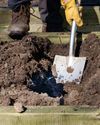
To dig or not to dig?
Should we be carrying out a full dig on plots now? Bob considers the pros and cons of the 'autumn dig' debate
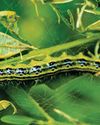
The box ball blues
As if his beleaguered box hadn't already taken a beating, Toby now has to deal with some hungry box caterpillars

Save your own seeds
Masterclass on: seed saving
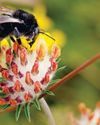
Strange sightings
Three unusual insects turn up in Val's garden in one day

A bolt from the blue!
Cornflowers are perfect for garden and vase
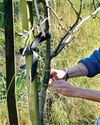
Winter moth prevention
Ruth shows you how to avoid maggoty tree fruits

Create a winter container
There are as many options as in summer
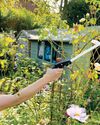
Lightweight gardening tools
AS well as being good for our mental health, gardening is also great exercise.

Autumn price round-up
AG finds better bargains in lesser-known brands

Rudbeckias
Rudbeckias are ideal for sunny summer patios and borders, with some able to survive our coldest winters